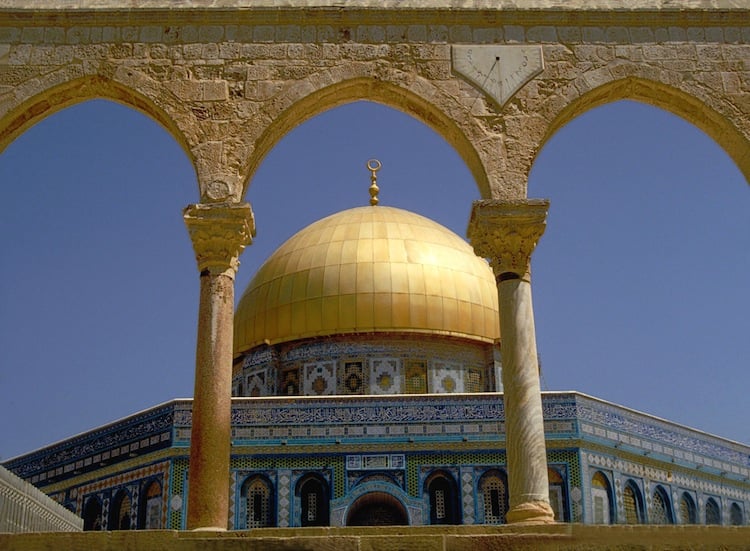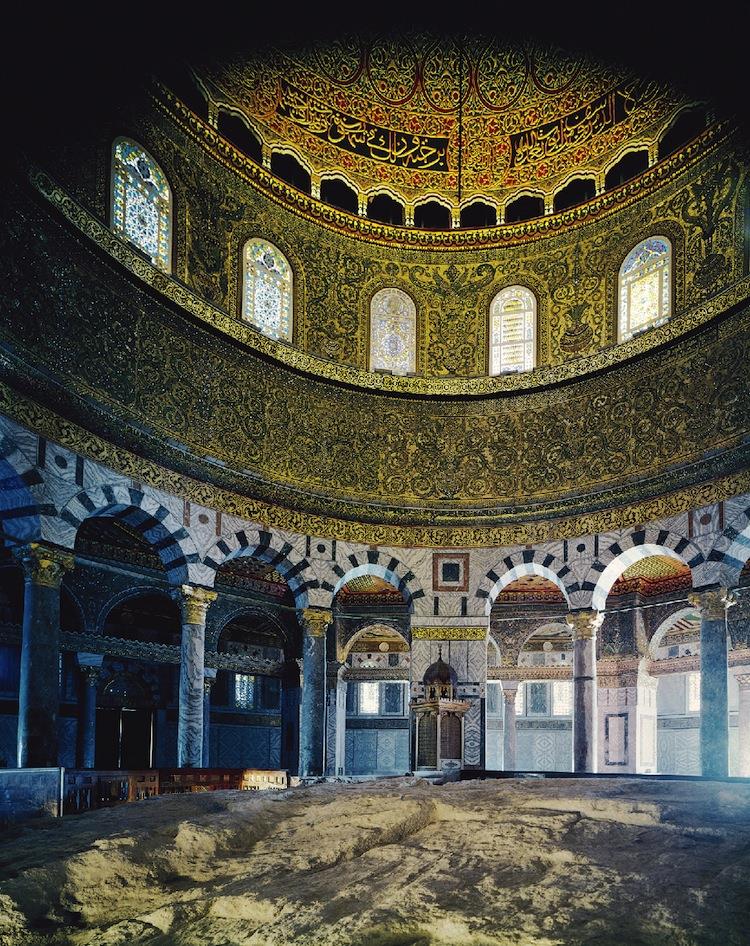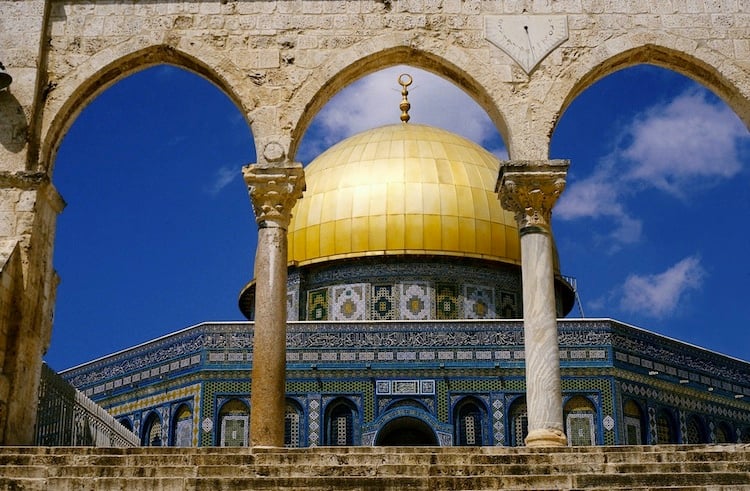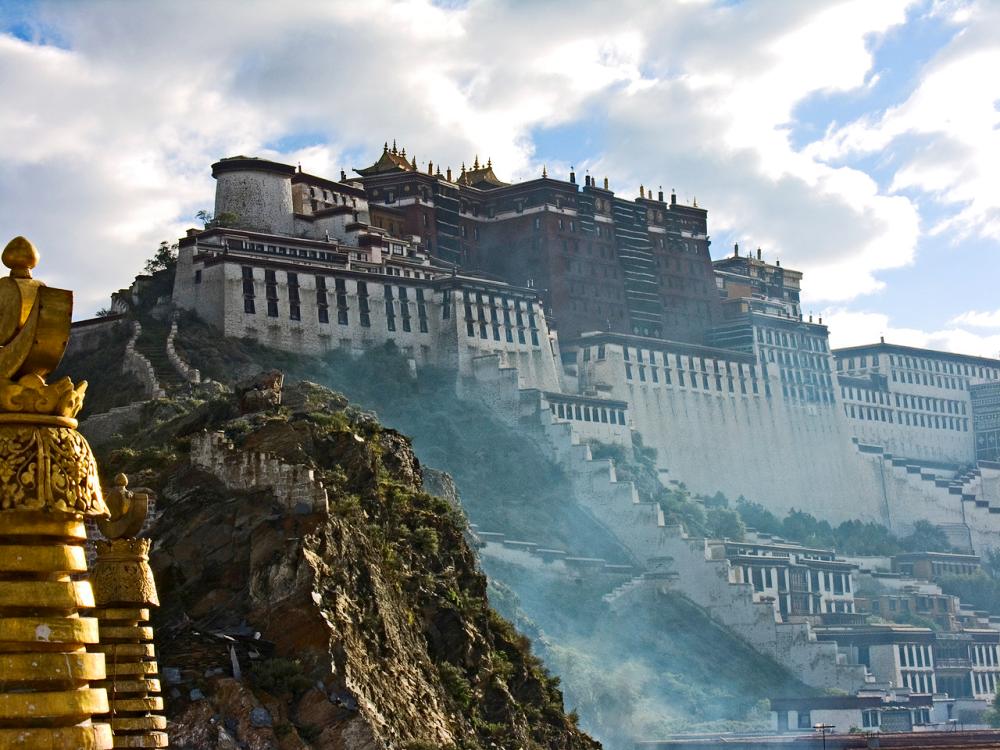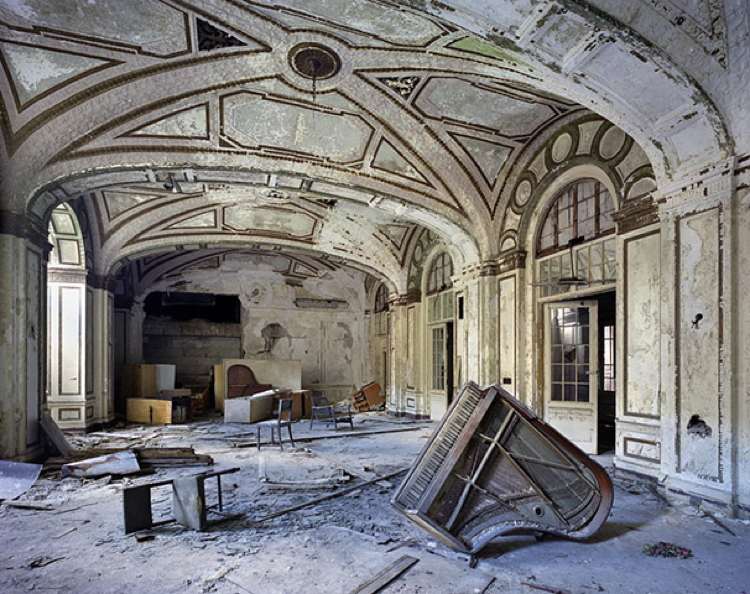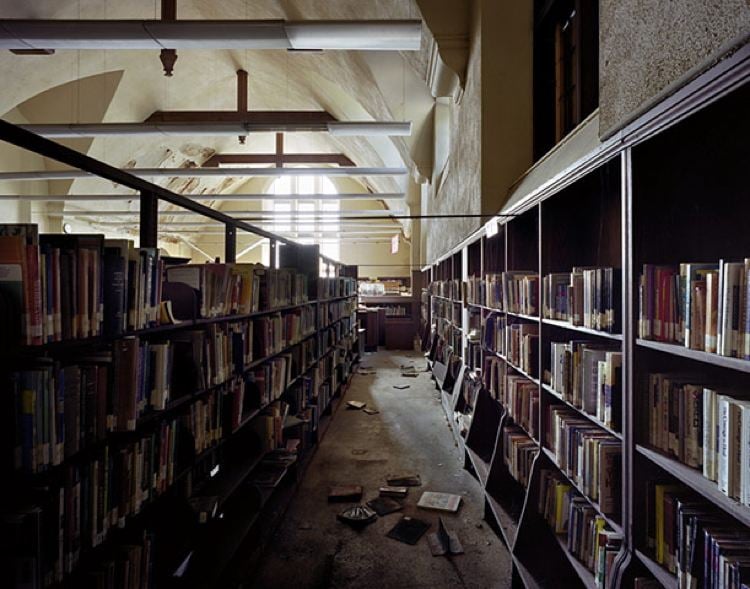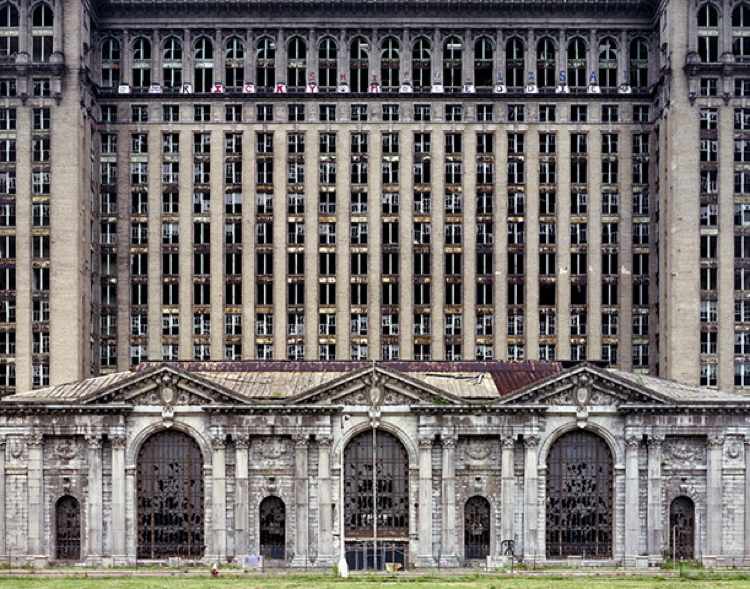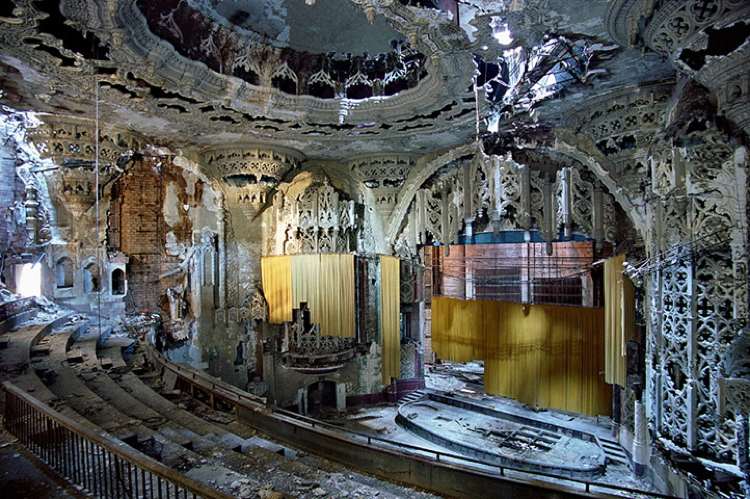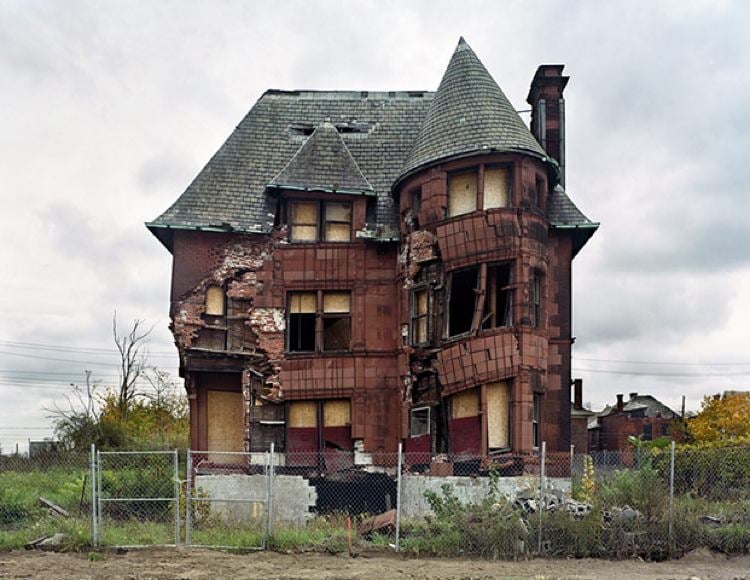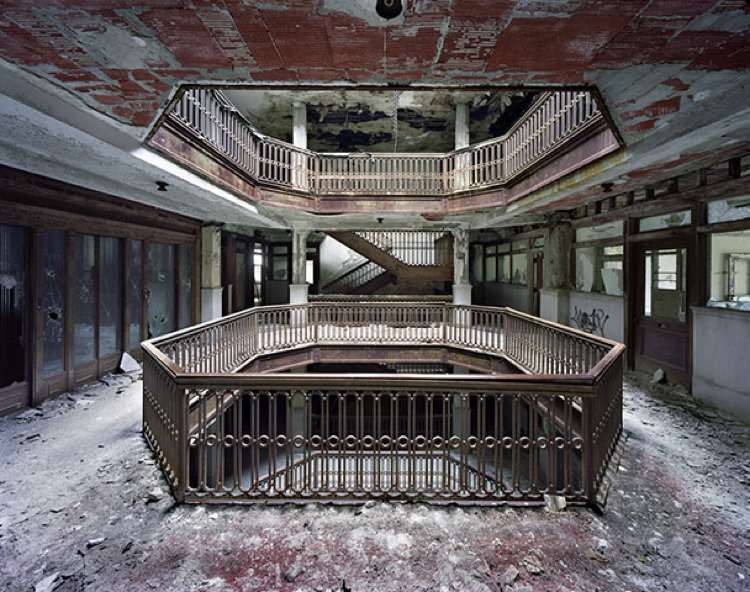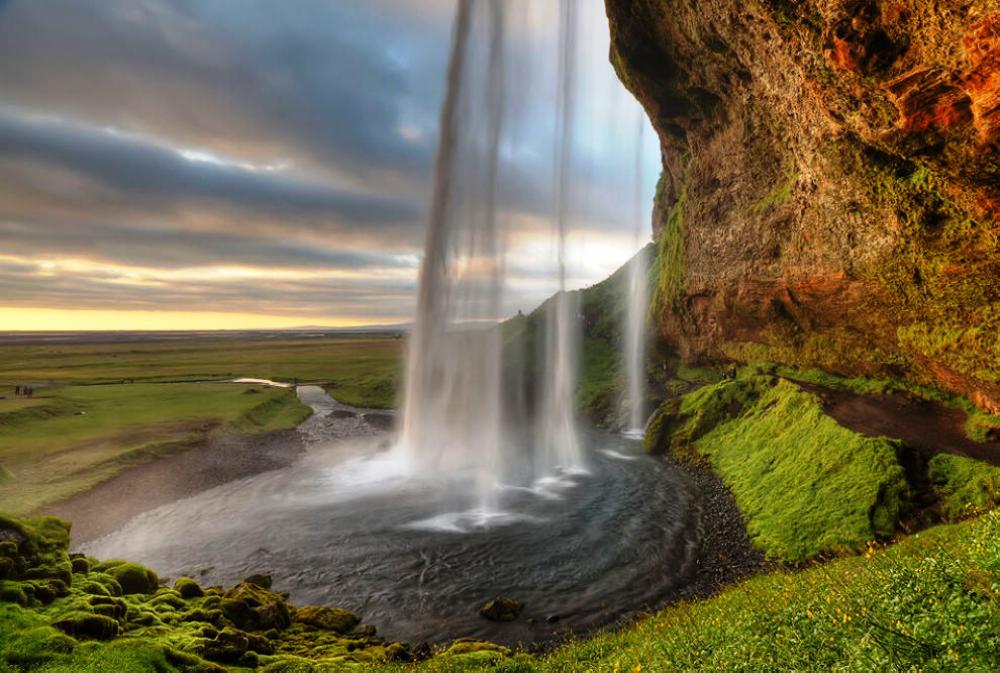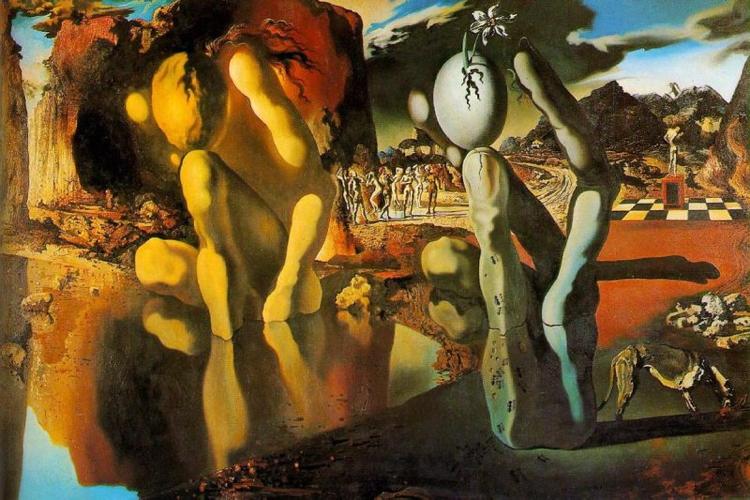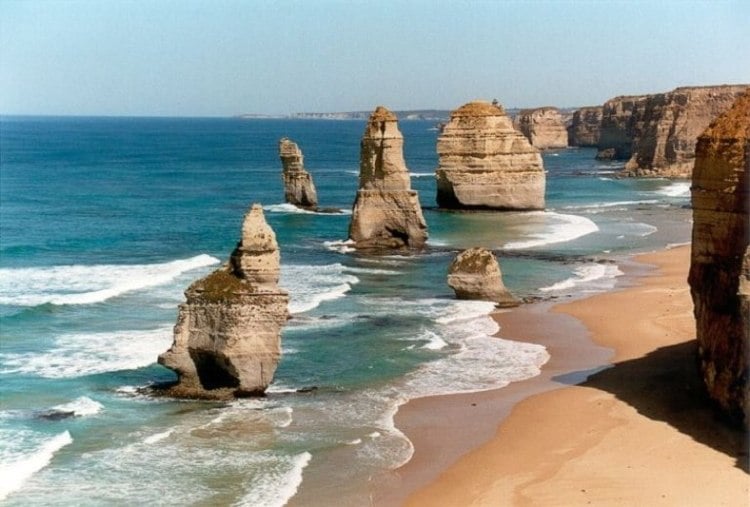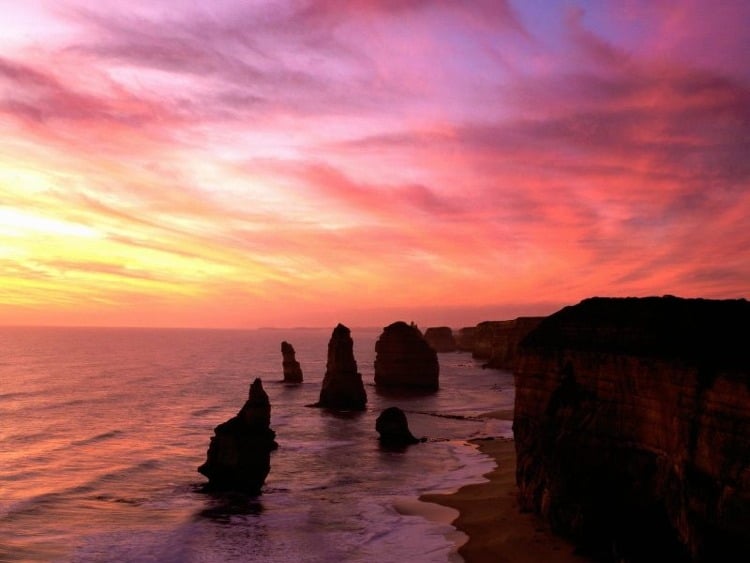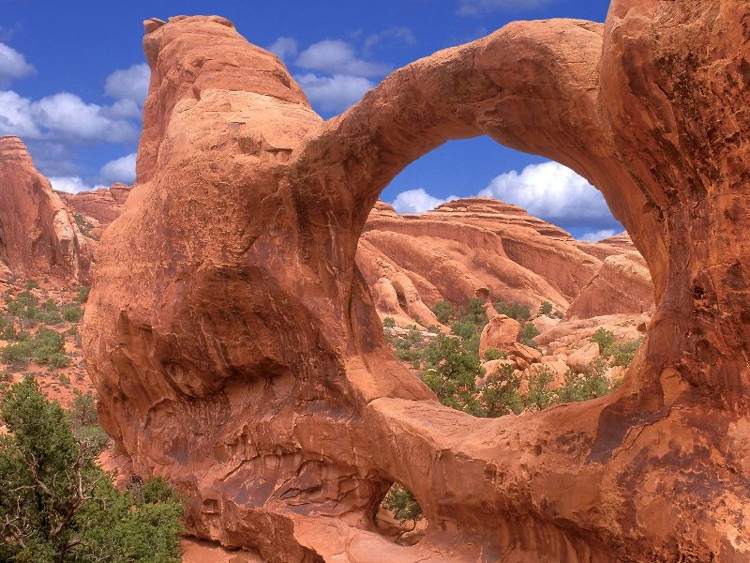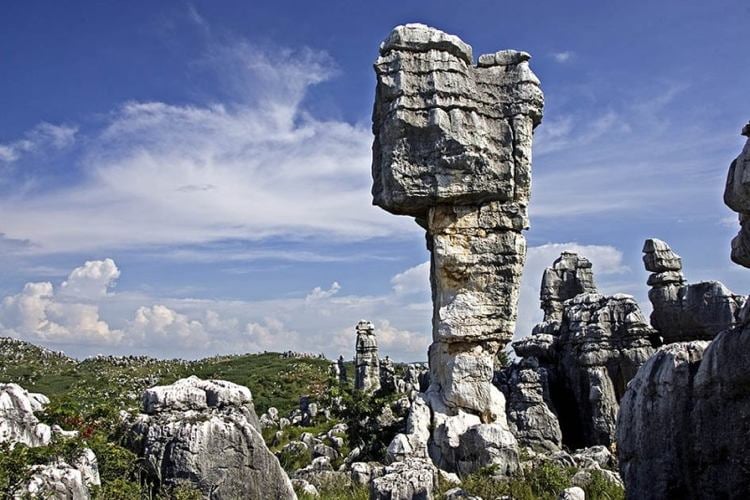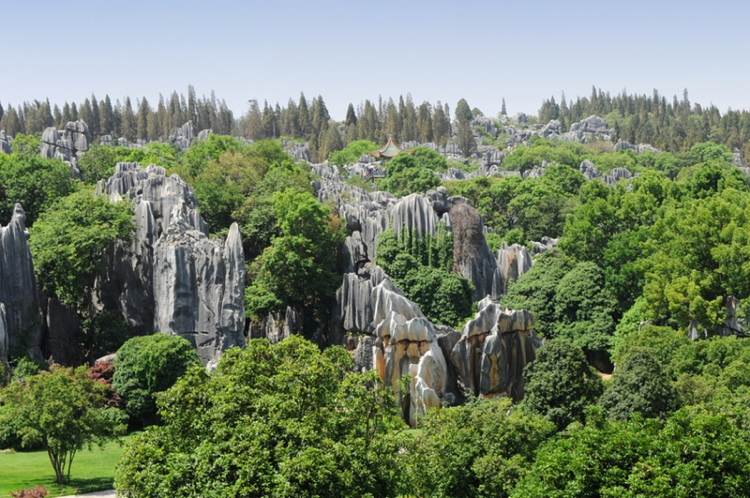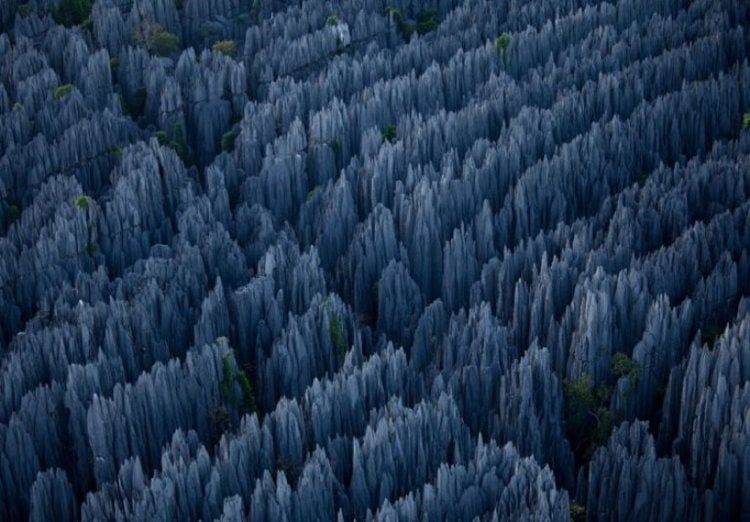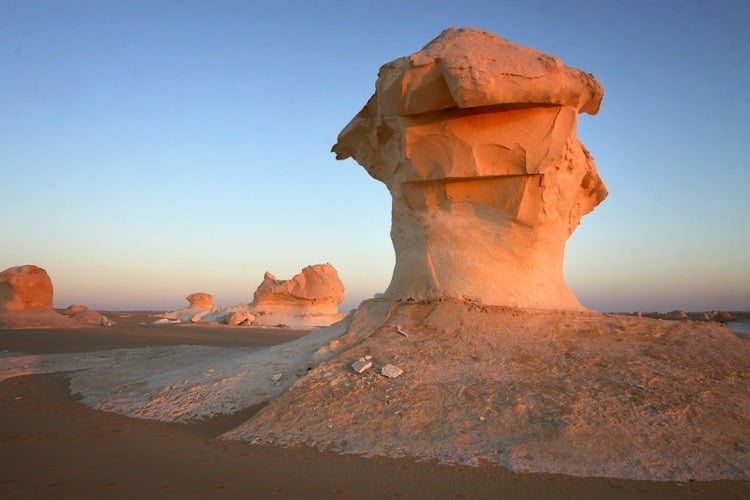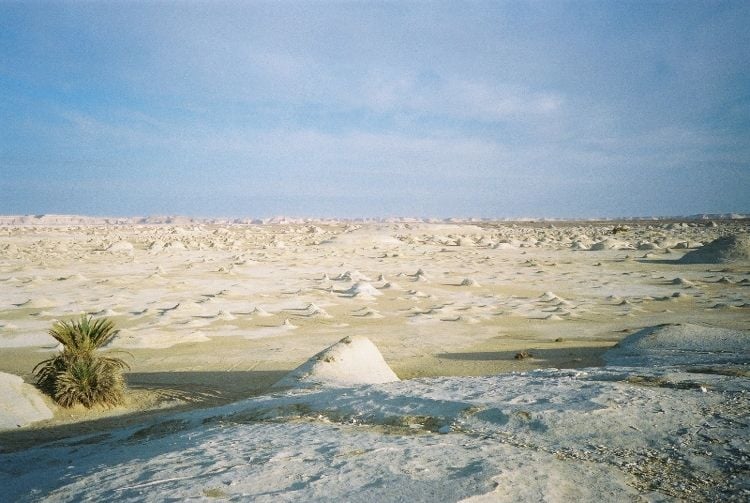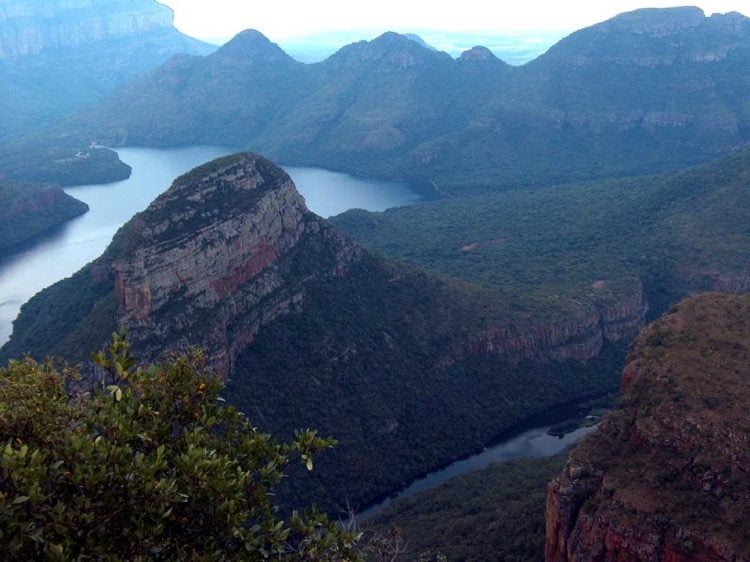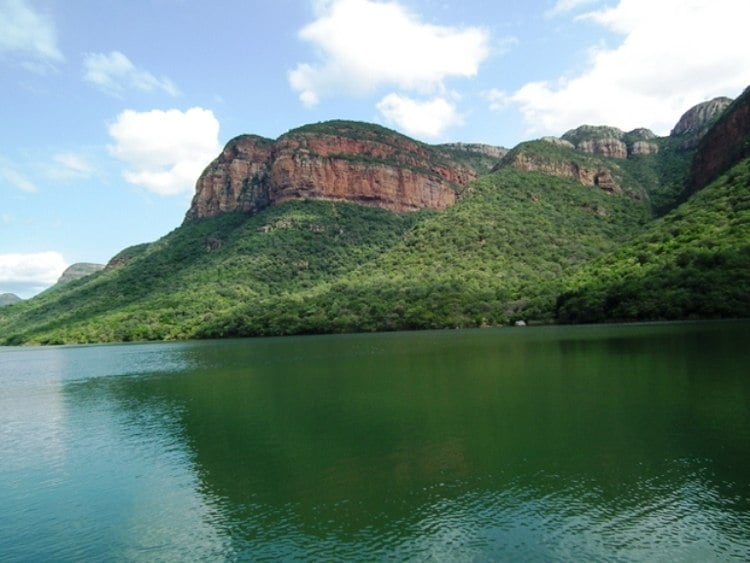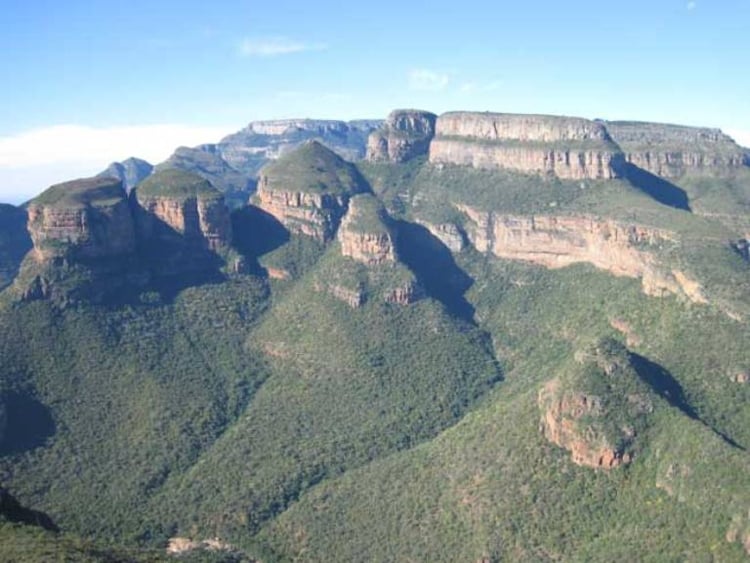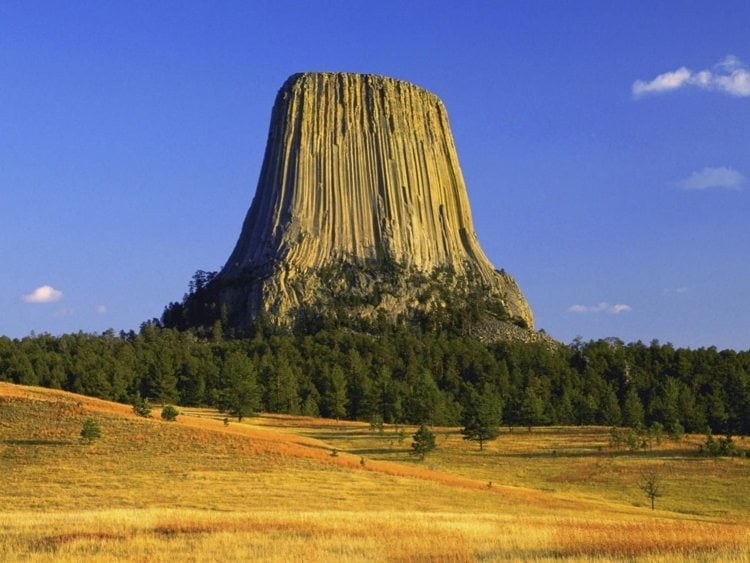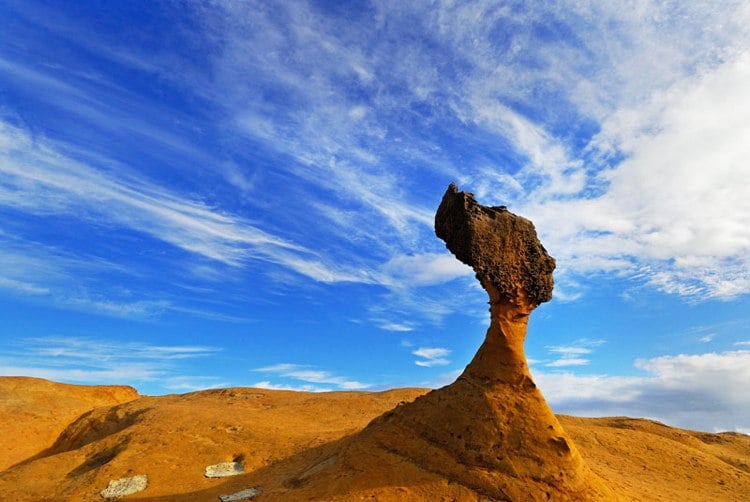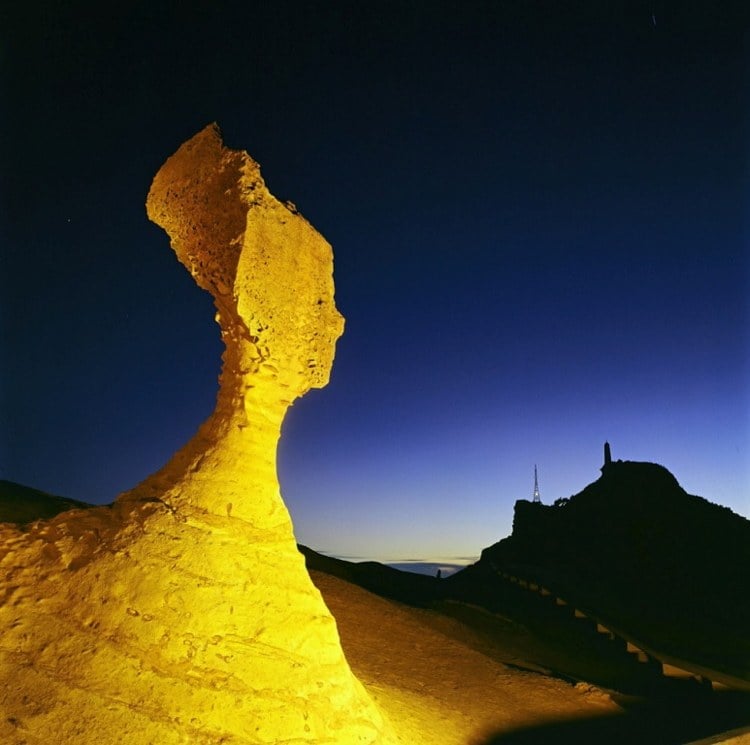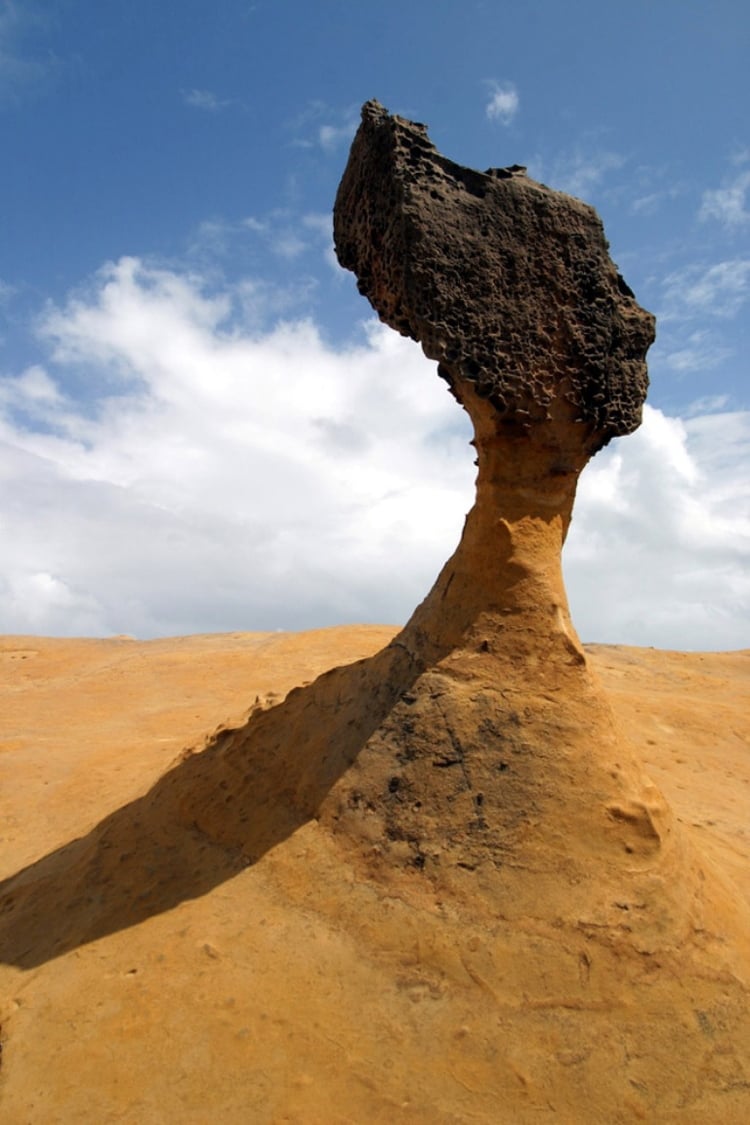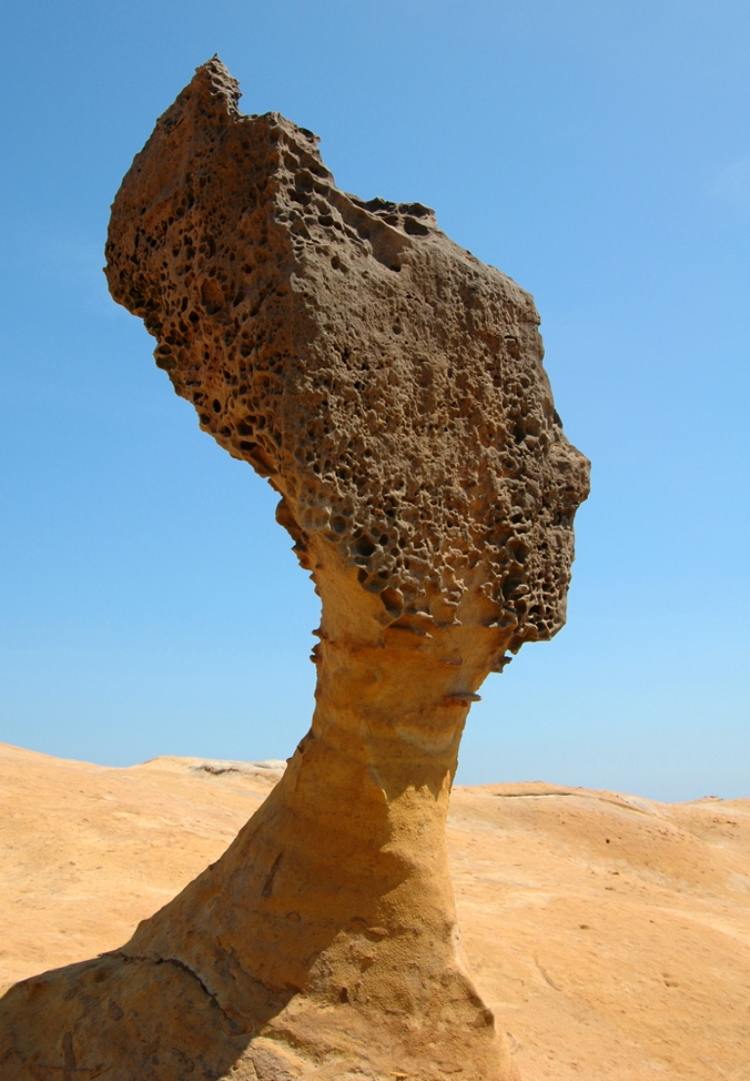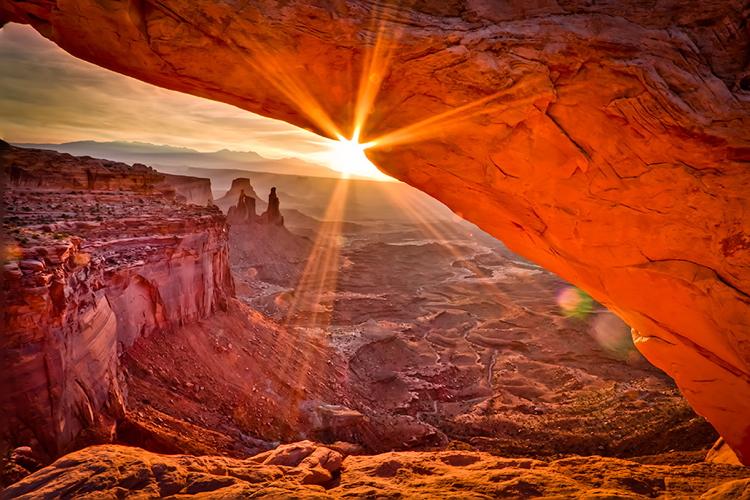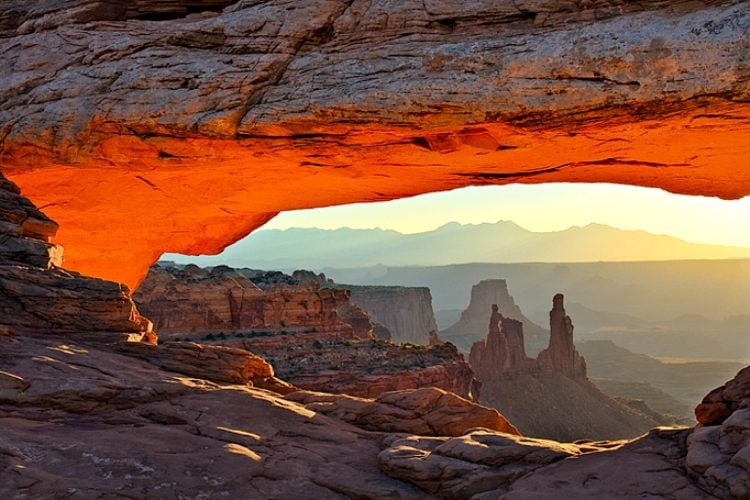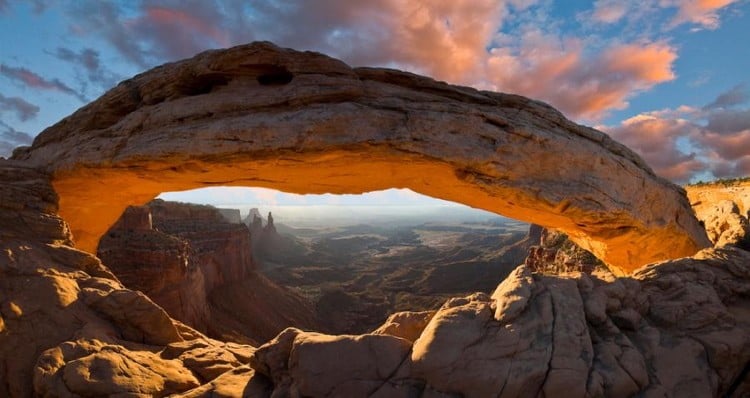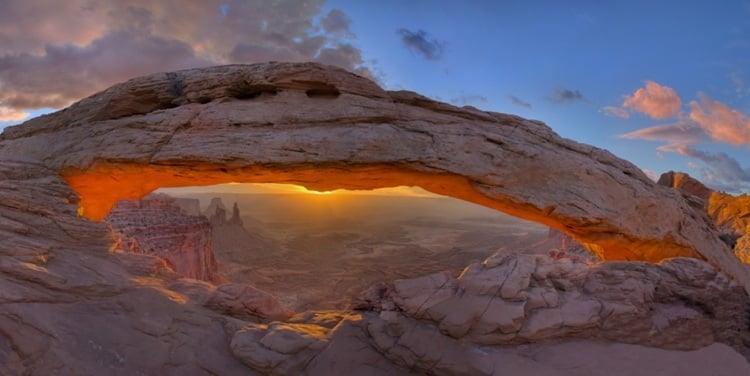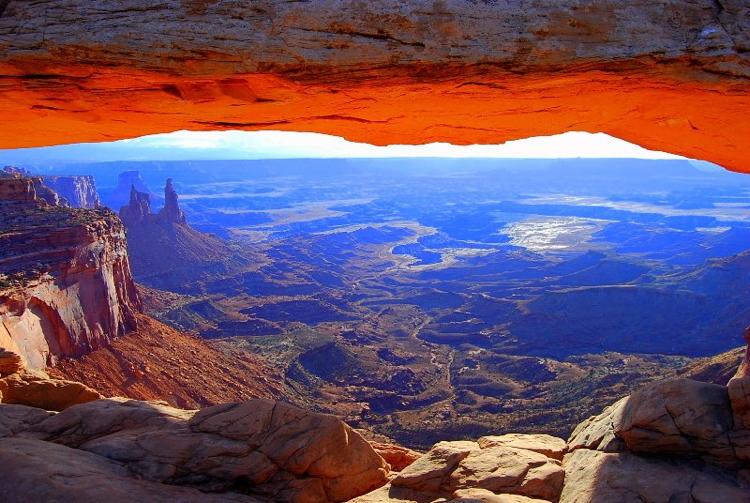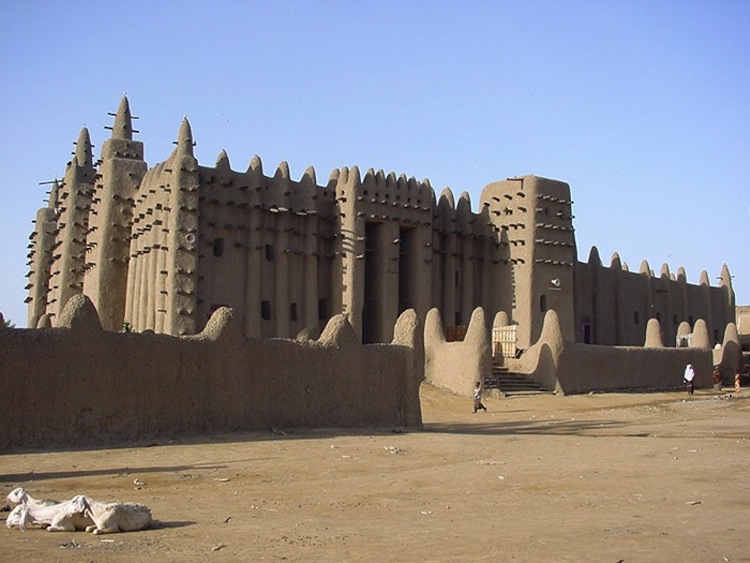
Located in Mali, the Great Mosque of Djenné is the largest mud brick building in the world. Construction began in the 13th century but the site fell into disrepair in subsequent eras. The edifice that stands today dates back to 1907 when French town administrators demanded it to be rebuilt. Made made from sun-baked mud bricks, which are coated with mud plaster for a smooth finish, the nine feet tall mosque is considered one of the most famous landmarks in Africa.



The Blue Mosque, Turkey
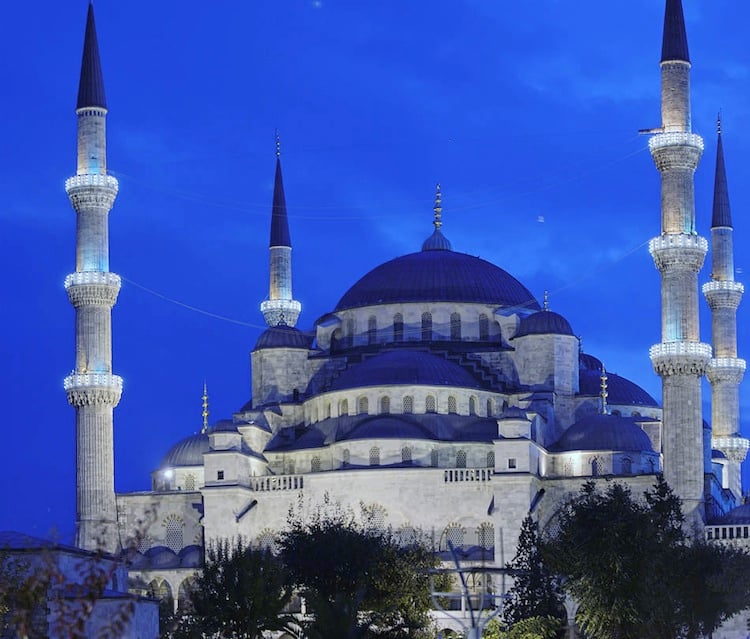
While its official title is the Sultan Ahmed Mosque, this stunning example of Islamic architecture known as the Blue Mosque calls Istanbul home. Construction began in 1609 under the rule of Sultan Ahmed I, and was complete in 1616. It gets its nickname from the glistening blue tiles that adorn the interior walls; and design-wise, the mosque borrows elements from the Byzantine era. The magnificent structure is also replete with six minarets, eight domes, blue paint, stained glass windows, a mihrab – made from finely carved and sculpted marble - and over 20,000 handmade tiles.

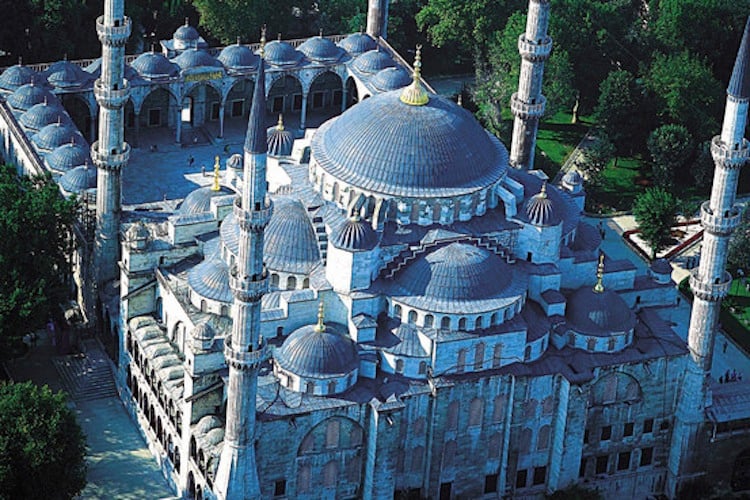
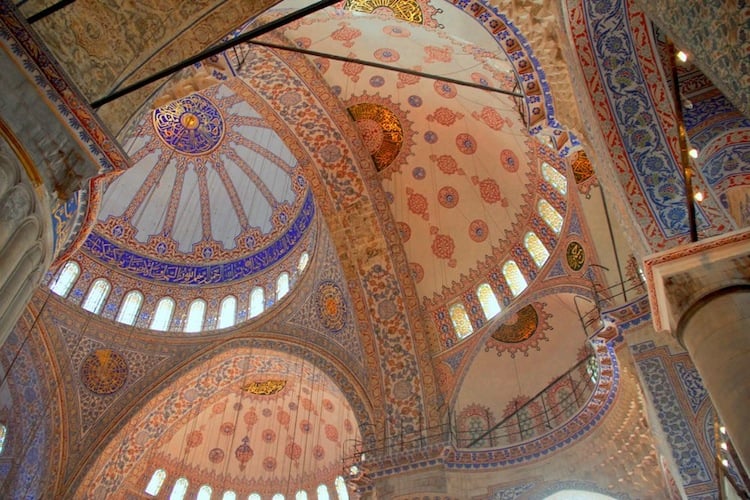
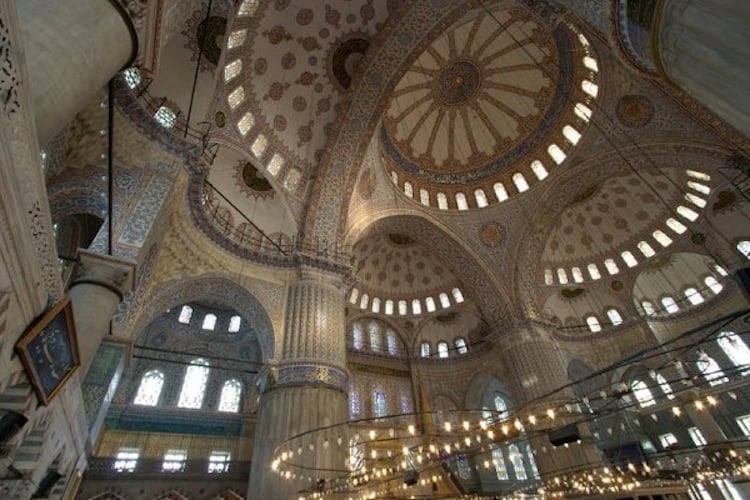
Mezquita-Catedral, Spain
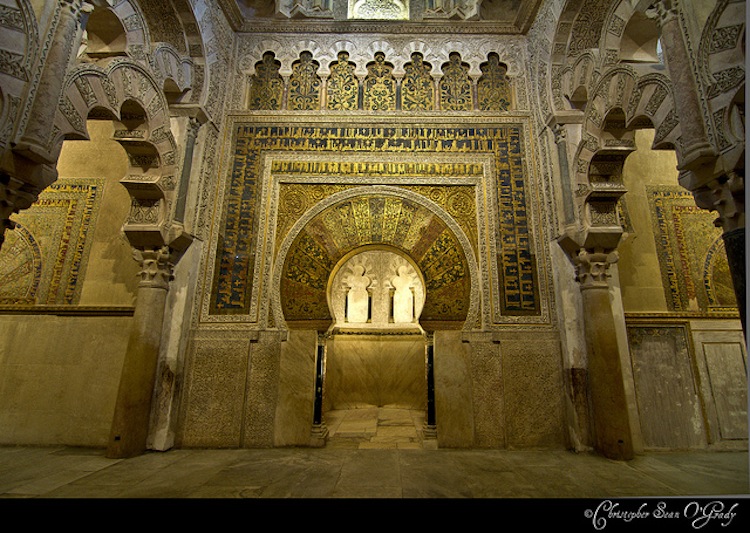
This hybrid mosque and cathedral is located in Cordoba, Andalusia and dates back to 600 AD. The site began as a pagan temple before being temporarily converted into a Christian church, then a mosque and finally into a Roman Catholic church. Despite its hand-changing history, the building is one of the most accomplished works of Islamic architecture. The Islamic elements are noticeable in the building’s layout and interiors, which are heavily modeled after popular mosques of the past. The most striking features are the arcaded hall adorned with 856 columns – made of jasper, onyx, marble and granite – and also the red and white double arches that extend to the ceiling. There are also inscriptions on the walls as well as wooden screens, mosaics and colored glass windows.
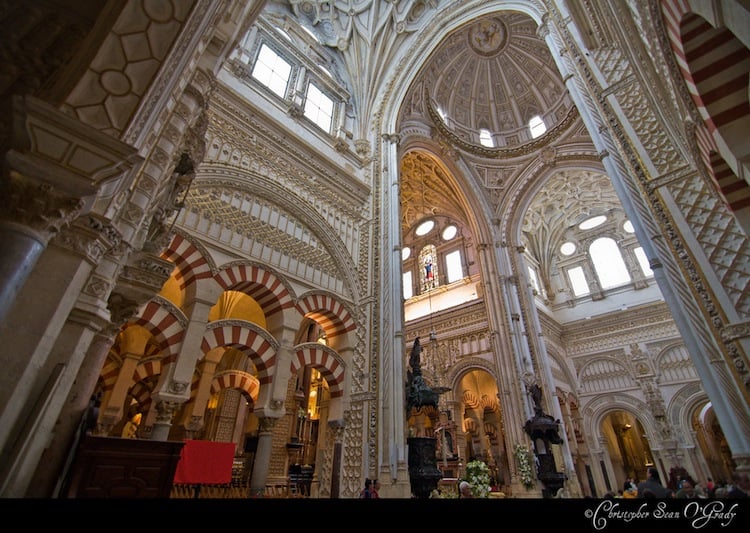
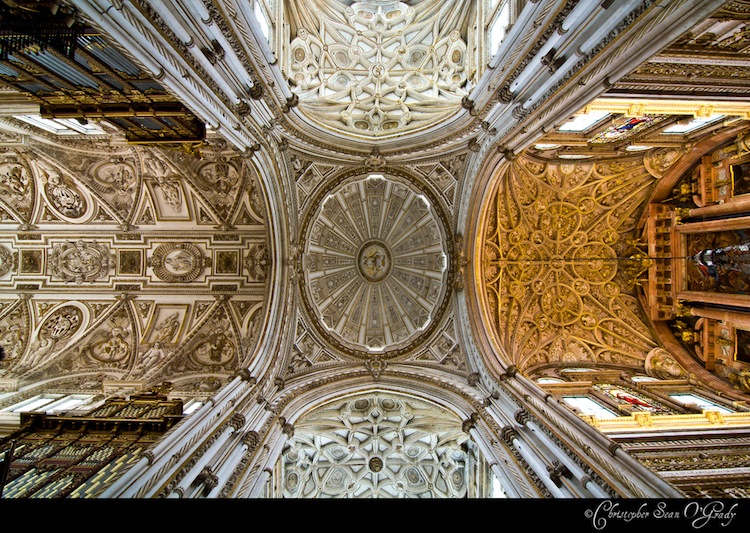
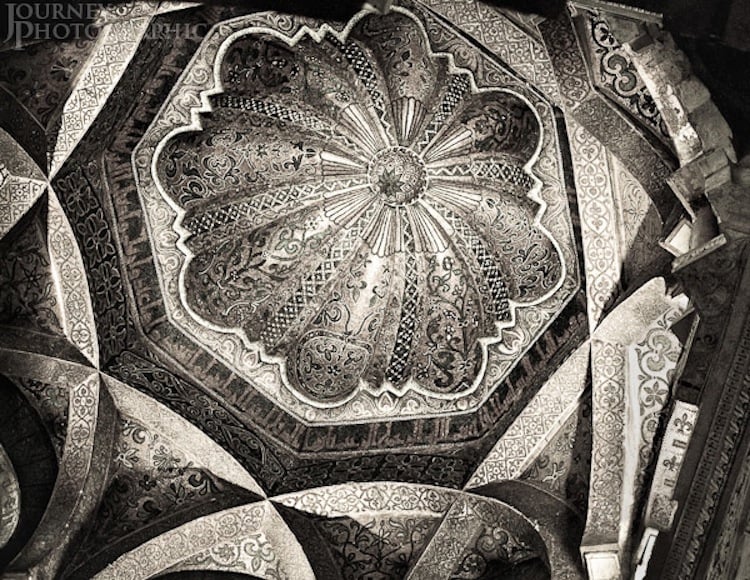
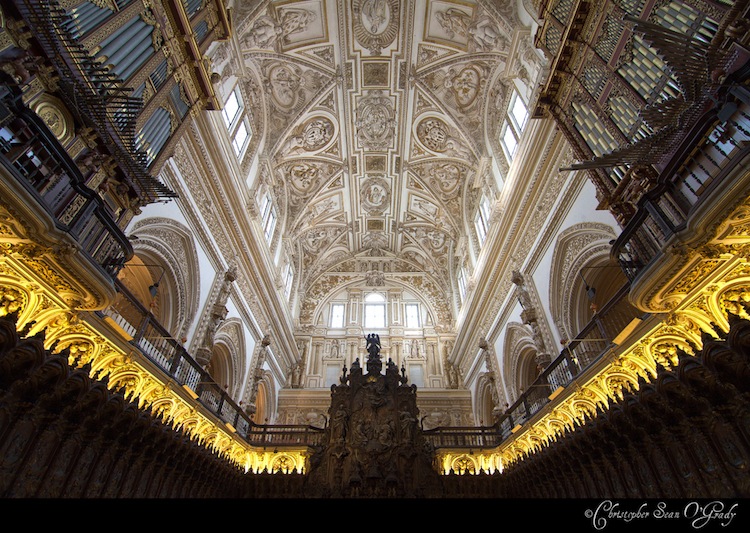
The Hagia Sophia, Turkey
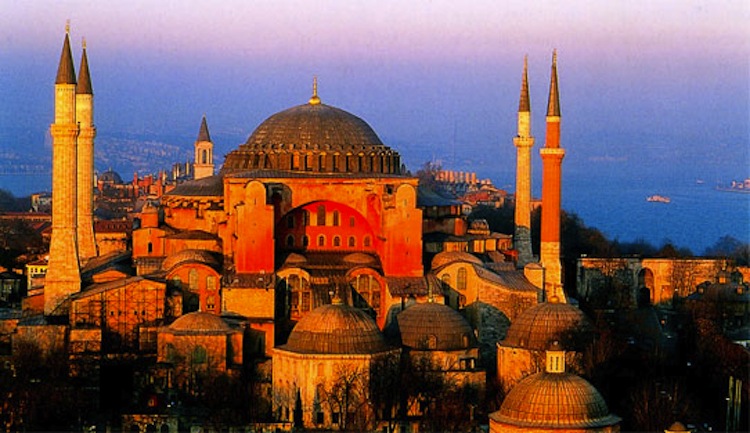
Frequently considered one of the greatest buildings in the world, that doesn’t spare the Hagia Sophia from a history filled with even greater chaos. First built as a Byzantine Church by Constantine the Great in the 4th century, the building was soon destroyed, but only to be rebuilt, savaged and desecrated by the Crusaders in 1204. Following this spate of violent attaches, Hagia Sophia was converted into an imperial mosque, modeled on the 1453 Ottoman mosque structure by Sultan Mehmet the Conqueror. As a result of the conflicting history, the Hagia Sophia is a combination of Byzantine and Islamic architecture. The Islamic characteristics are evident in the minaret, calligraphic roundels (with Islamic text) and a mihrab. Today the building is used as a museum.
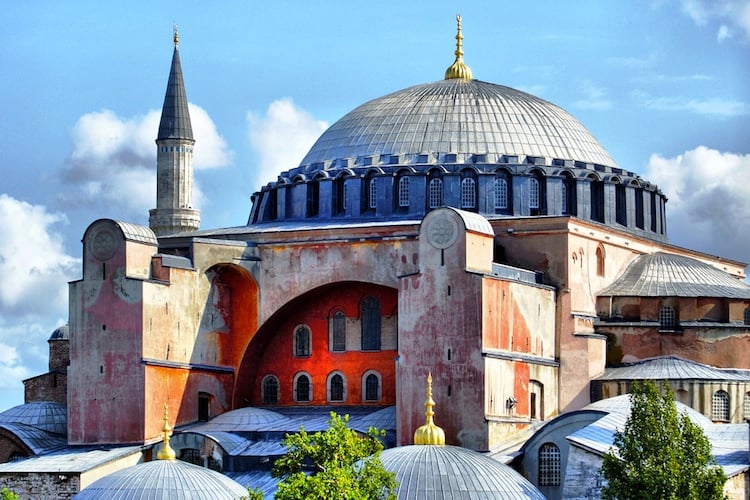
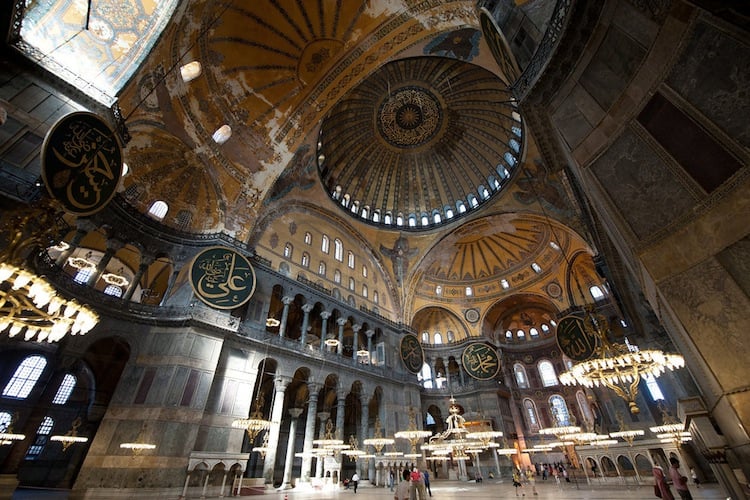

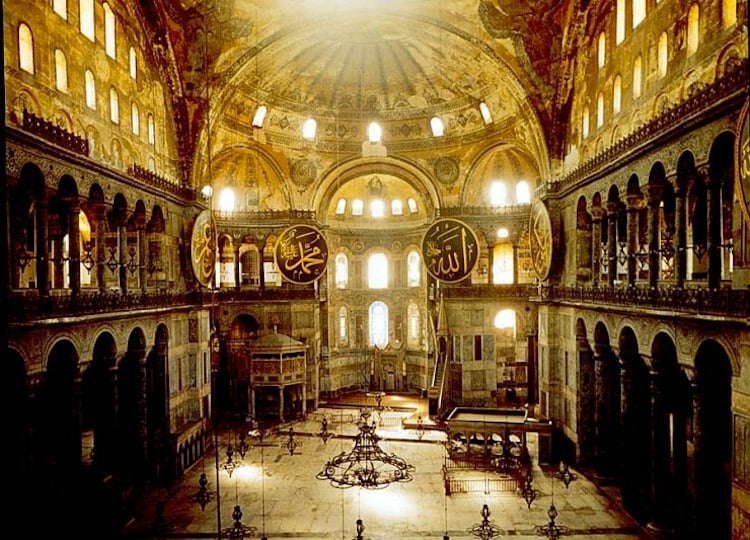
The Dome of the Rock, Jerusalem
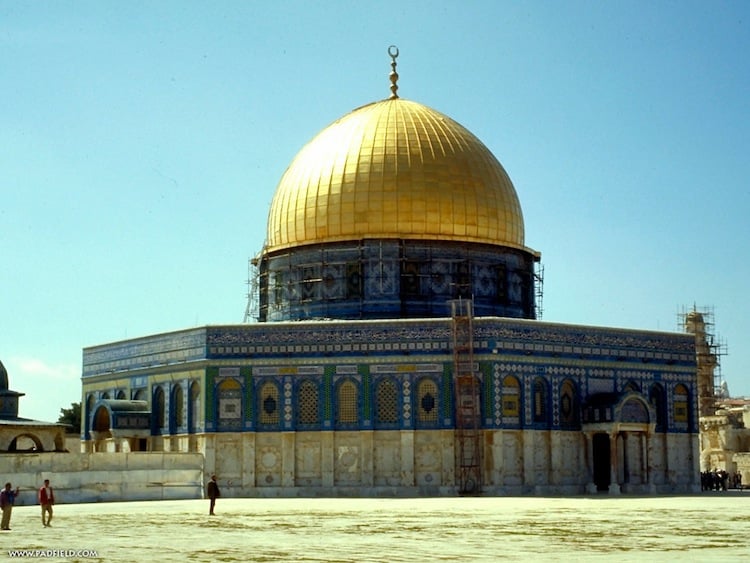
Located on the Temple Mount in the Old City of Jerusalem, the Dome of the Rock is a stunning shrine that has been standing since 691 CE. Of particular significance is the sacred stone upon which the shrine stands. It is believed that the stone was the spot where the Prophet Muhammad ascended to heaven. The actual dome itself is no less marvelous. A splendor of mathematical proportions (all the main dimensions are the same length as the diameter of the center circle), the golden dome sit upon a moon and the building is replete with colorful tiling, a marble exterior, inscribed Arabic verses and arched wall and mosaic-filled interiors.
